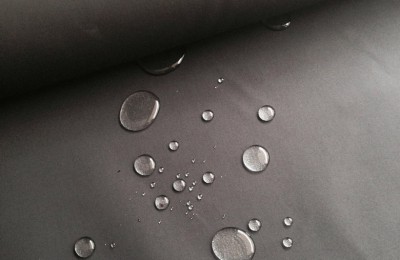According to feedback from cotton trading companies in Qingdao, Zhangjiagang and other places, since early January, the main ICE cotton futures contract has exceeded 80 cents/pound and 81 cents/pound (U.S. cotton, Spot CNF/CIF quotations of Brazilian cotton, West African cotton and other products continue to rise), the cotton import quota within the 1% tariff in 2020 has been exhausted, and the appreciation of the RMB has significantly slowed down. Inquiries for shipments and bonded cotton quoted in US dollars, The transaction volume has not improved much compared with December, and the performance is sluggish (although some traders quote prices in RMB for bonded Indian cotton, Brazilian cotton, West African cotton, etc., but the purchaser needs to bring his own cotton import quota within 1% tariff for customs clearance, and the outbound shipments are not active. ), but foreign cotton that has been cleared by customs and quoted in RMB is very popular among domestic cotton textile mills and middlemen. In particular, the “fixed price” transaction is good and even accounts for the mainstream of foreign cotton transactions at the port.
On the one hand, as the Zheng Cotton CF2015 contract exceeded the 15,600 yuan/ton integer mark, the net profits of trading companies improved significantly. With the basis remaining stable or rising, traders The space for negotiation and preferential treatment of “fixed price” transactions has been relaxed; on the other hand, the 2019/20 cotton currently cleared at the port is characterized by “small quantity, large batches, and large quality differences” (some varieties and batches only have a few containers, One contract even requires several traders to collect goods to complete), so it is more suitable for “fixed price” transactions.
It is worth noting that in the past half month, the signing and shipment of Indian cotton in RMB quotations at the port have been very active. The medium and high-quality cotton resources rotated out by CCI are especially popular among cotton enterprises. Welcome, Indian cotton has completely overshadowed competitors such as Brazilian cotton and West African cotton. A cotton importer in Huangdao said that some customers in Shandong, Jiangsu, Henan and other places have recently been able to place actual orders with the commodity inspection certificate provided by the seller. They do not need to go to the port warehouse to view bulk goods or take samples for testing, and they have to bear the price. Willingness to receive goods is also strong.
Why do Indian cotton’s RMB quotations, spot inquiries, and transactions “stand out”? The following points are summarized:
1. In the past half month, the price difference between Indian cotton, Brazilian cotton and American cotton of the same grade and quality has been 800-2200 yuan/ton. The price competitiveness of Indian cotton has become increasingly prominent.
2. Since December, Brazilian cotton quotations from traders and international cotton merchants have been mainly based on the December/January shipping date, while port customs clearance and bonded spot goods have been relatively low. The customs clearance inventory of Indian cotton in 2018/19 and 2019/20 is relatively large, and sellers are well prepared.
3. Recently, the quotations of OE yarn, C40S and lower low-count yarns have risen sharply with Zheng cotton, Zheng yarn and high-count yarns above 50S, and then the rebound mode has started. Spinners The ability to digest cotton and other raw materials is rapidly improving, and low-quality Indian cotton in port customs clearance is facing “dark and bright” opportunities.
4. Concerns about the continued appreciation of the RMB in January and February have made textile companies and middlemen more inclined to purchase customs-cleared spot goods (or bonded cotton), while they remain cautious about ship cargo. Cautious attitude, especially after the main ICE cotton futures contract exceeded 80 cents/pound, Chinese buyers have a strong wait-and-see attitude towards purchasing US cotton, Brazilian cotton, etc. for the January/February/March shipping period. </p






